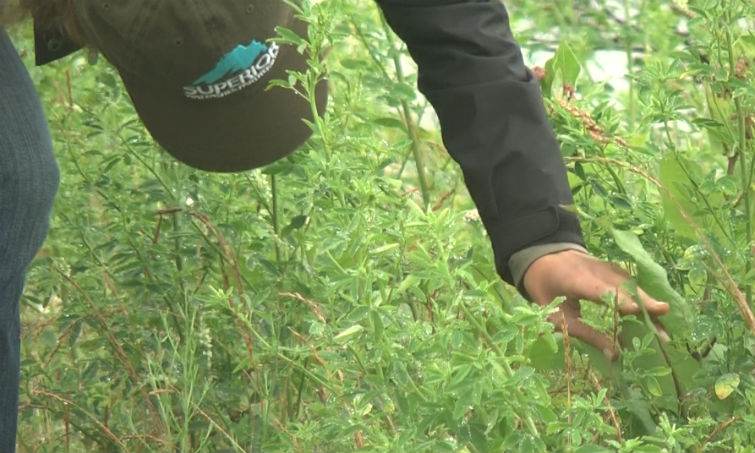Great Lakes Region plays huge role in Monarch migration

MARQUETTE — The Upper Peninsula plays a huge role in Monarch migration and one local organization is working to ensure the butterflies have plenty of habitat and food sources during their journey.
Monarchs migrate from Mexico to Canada every year and it takes 2-3 generations to complete the migration pattern. During the summer months, the butterflies make themselves at home in the Great Lakes Region as they prepare for the long trip across the lakes to Canada. The U.P. acts as a rest area and breeding ground for the colorful migrants, which has prompted the Superior Watershed Partnership to make the coasts of the lakes more welcoming.
For the last few years, volunteers with the organization have planting milkweed, which acts as both a habitat and food source for the butterflies, and other native pollinator plants.
“They rest up, that’s why the areas are really important to have other sources of food for them, especially crossing the Great Lakes – that’s a huge feat for just such a little butterfly,” said Emily Goodman, Great Lakes Conservation Corp Coordinator for the Superior Watershed Partnership.
The two mile stretch from the Marquette Visitors Center in Harvey to the mouth of the Carp River is just one of several areas around the U.P. the Partnership has focused on. In addition to all of this effort, the organization recently partnered up with the City of Marquette to send 6,000 milkweed seeds in residential utility bills. Goodman said the total distributed seeds are in the millions with an estimated 70 percent already planted. To find out how you can help the Monarchs, click here.
